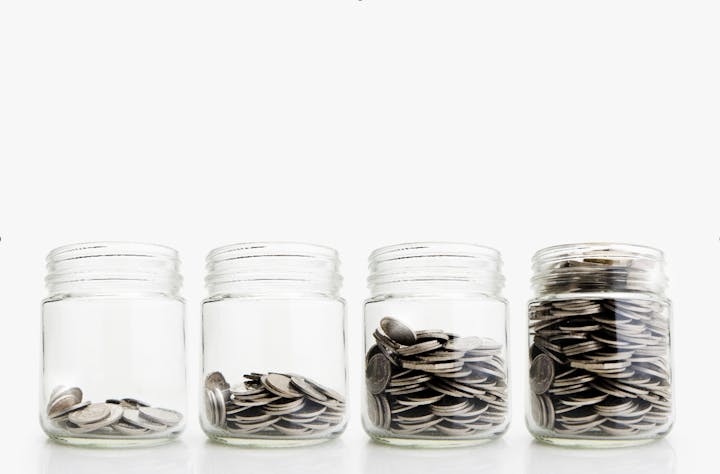SWCD's Water Conservation and Infrastructure Partnership

Who are we?
Since 2023, the SWCD Water Conservation and Infrastructure Partnership (Partnership) has pulled together entities across the Southwest Region of Colorado to build capacity, access funding, and organize efforts. Presently, the Partnership has been awarded grants, created a project pipeline, and hired a community navigator.
Whether you are a Partner looking for resources, an interested party, or an individual just looking to learn more, we hope this webpage can provide background, resources, and updates to our Partnership. Please do not hesitate to reach out with any questions.



